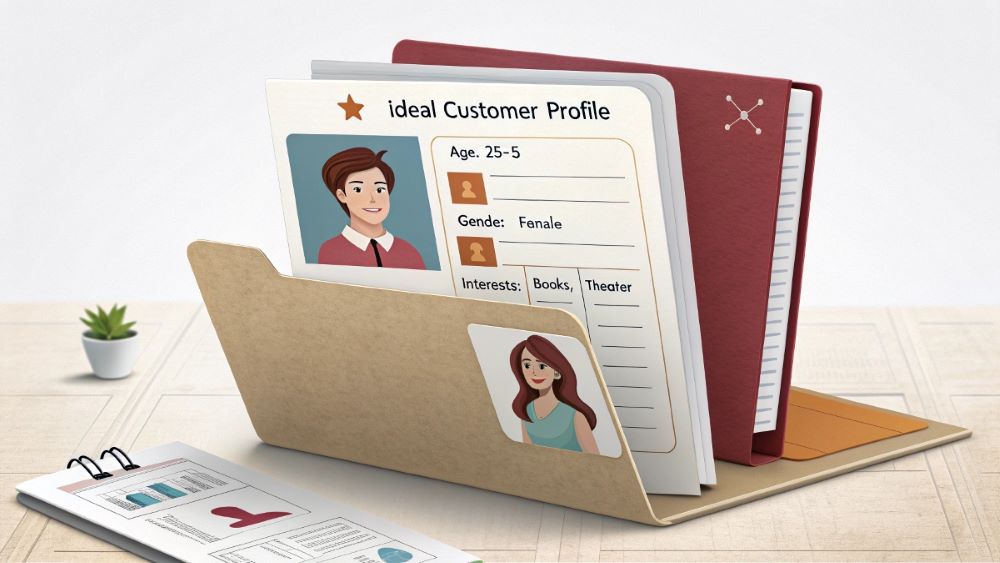To effectively promote your business, both online and offline, you need to understand your primary target audience and their needs.
Even though this is a fundamental rule of marketing, I’ve noticed that even serious businesses often don’t know who their main audience is.
When asked, “Who is your main target group?” they hesitate for a moment and then respond uncertainly, “Everyone… We target the whole world…”
For some reason, they don’t seem to give this the importance it deserves. As a result, much of the money and time they spend on marketing doesn’t yield the expected results, and in the worst cases, it’s completely wasted.

Defining your main target group is a crucial step when crafting your initial marketing plan. If you haven’t done this yet, now’s a good time to start.
Here’s what you need to know about your audience:
- Gender: This one’s pretty straightforward and important for obvious reasons.
- Age Group: An eighteen-year-old thinks and communicates very differently from a thirty-year-old, and a thirty-year-old from a fifty-year-old. Knowing the age helps you tailor your message better.
- Socioeconomic Status: You wouldn’t want to promote a $5,000 watch to someone earning between €800 and €1,500 a month. By knowing your ideal customer’s income range, you can target them more effectively. Also, do they own a house, are they married, do they have kids? These details can help you understand their spending habits and needs.
- Interests: What does your ideal customer like to do? What books do they read? What music do they listen to? Are they into technology, science, sports, fashion, good food, or wine?
- Media Interaction: Which radio stations do they listen to? What magazines do they read? What websites do they visit? Where do they hang out? What restaurants or cafes do they go to? Where do they entertain themselves at night?
Creating the profile of your ideal customer isn’t the easiest task; it might take some time, but trust me, it’s worth it.
Think about how targeted your promotions will be. Your marketing messages will be more precise, and you’ll be able to “speak the language” of the audience you want as customers.
By knowing these characteristics, you can consistently put your brand in front of them, helping them identify with your brand.
This might sound a bit manipulative, but it’s the right strategy in marketing and should have been done ages ago by all businesses in Cyprus and Greece.
Example of creating a customer profile:

In my marketing plan, for instance, I’d define my main target group like this:
- Type of Business: Online shop with quirky and modern kitchen, living room, and bathroom items, priced between €5 and €150
- Gender: Primarily female
- Age: 25-45 years old
- Socioeconomic Status: Middle to upper-middle class, earning between €30,000 and €80,000 annually. Likely to own a house, possibly married, and may have young children.
- Interests: Enjoys home decor, cooking, DIY projects, and modern design. Reads lifestyle and home improvement magazines. Listens to podcasts about interior design and personal development.
- Media Interaction: Follows home decor blogs, shops on websites like Etsy and Amazon for unique items. Active on social media platforms like Instagram and Pinterest. Visits trendy cafes and home improvement stores.
This would be the target group for the business above. Of course, this isn’t absolute. Customers from other categories will shop at your store.
But you should keep your communication policy focused and target this specific group with all your marketing tools. This way, you’ll create a strong bond with them and get to know them so well that you can sell more.
As always, this is just my opinion. I might be wrong, so I’d love to hear what you think. Add or correct me by sharing your thoughts in the comments below.
👉 Aκολούθησέ με στο Facebook και ενεργοποίησε τις ειδοποιήσεις για να λαμβάνεις τα νέα άρθρα μου.
